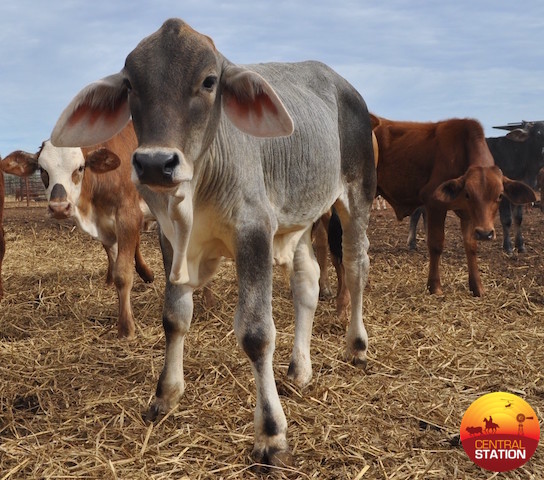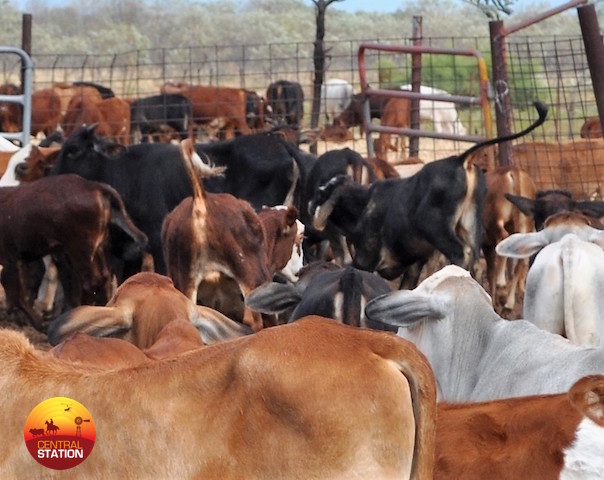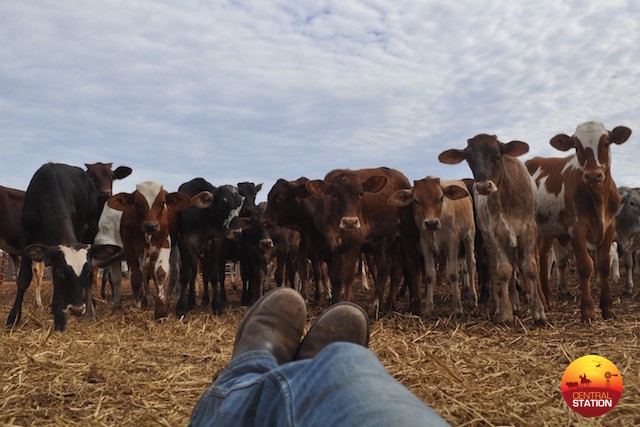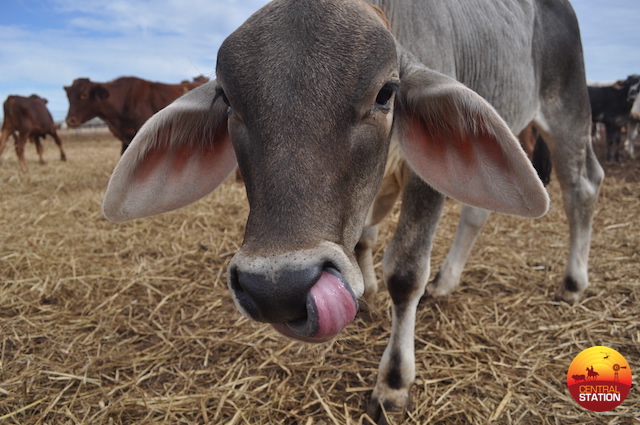Kids today
Host: Dampier Downs Station
Written by Anne Marie Huey – Owner, Dampier Downs Station.
There are endless ways for cattle to be classified when drafting in the yards. Some of the most common categories are:
- Breeders – mature cows whose job it is to have a calf hopefully every year.
- Heifers – young cows being mated for the first (or possibly second) time who might be sent to a special paddock for some TLC.
- Feeders – sale cattle generally under 350 kilograms that are destined for the feedlots of South-East Asia or the Middle East.
- Slaughter cattle – heavier animals that are sold ready for processing in either domestic or international abattoirs.
- Mickeys – young bulls.
- Weaners – the teenagers of the cow world who are leaving mum for the first time.
- Strangers – cattle that belong to the neighbours and are kept separate until they can be returned to their rightful owners.
- Scrubbers – wily old customers that have evaded musters for years but have eventually found themselves in the yard.
Generally, all these mobs have distinctive dispositions. Breeders have usually been through the system numerous times and will stand patiently in the round yard for the ‘bush gate’ to open. Weaners are understandably a bit more confused and need more guidance to get them where they need to be. Scrubbers can be cantankerous and – if handled incorrectly – downright mean, so require much more caution and attention to low stress stock handling techniques when working in close quarters.
However, of all the groups of cattle there is one that strikes more trepidation in the heart of the person working the back yard than all others combined. That animal is the Pellet Calf.
 Sure, they may look cute but it is really just chaos waiting to strike.
Sure, they may look cute but it is really just chaos waiting to strike.
A pellet calf is a small calf that has been weaned at a younger age, and therefore lighter weight than is ideal. Early weaning occurs for a number of reasons. Occasionally a calf will come into the yard that has obviously lost its mother, but weaning is usually done for the benefit of the cow. Cows put a lot of energy into raising calves and in poor rainfall years this can be to their own detriment. Also, if a calf has been born at the wrong time of year the cow may not have the body reserves required to raise the calf and ensure her own survival. By weaning the calf, a lot of pressure is taken off the cow and she can concentrate on the business of being a cow.
Of course, this leaves the issue of what to do with the calf, which is where our pellet feeding regime comes in. Because they are so young, pellet calves require a higher level of care than older weaners. They spend the first few months of their new life in the yards, eating high quality hay and a specially formulated calf ration that provides all the nutrients they need to give them the best start in life. This specialised feed works really well – some days it might seem too well!
One of my favourite jobs in the yard is working newly arrived cattle to ensure they are calm and unstressed before being processed. While this mostly involves cattle freshly trucked from outlying regions of the station, who will mostly likely only spend a day or two in the yard before being sold or moved to a new home, I also try and spend a bit of time ‘educating’ our youngsters. This means moving them around the yard, teaching them to accept pressure and reassuring them that when they respond they will experience relief. It keeps them calm, focussed, and sets them up for better handing for life.
The problem with working pellet calves is that it can take up to 15 minutes to get started due to laughing too hard at their antics. The best I can liken it to is wrangling a room full of five-year-olds who have unlimited access to red cordial. It can be absolute chaos.
To a pellet calf, a newly opened gate is an invitation to a brand new adventure. I’ll move them into the working yard and one will suddenly buck out of the mob, race flat out across the length of the yard before coming to a screaming halt in the far corner. Then it is a leap into the air, a complete 180 and a mad gallop back to its mates. In the meantime, a three-way bull fight has broken out on the other side of the mob while a few others have decided to chase the dog that has wisely chosen to beat a hasty retreat, leaving me to it with a parting look of disgust.

Like all kids, they love to scare themselves and it is not uncommon to have them rush to the far end of the yard whenever someone walks past. It doesn’t seem to matter how many times a person has walked past previously, every day is a new game. Of course, it is just as common to have them all rush straight back in case this suddenly-not-so-frightening human has left something interesting in the feed trough.
Pay them no attention, however, (while cleaning a trough, for example) and you are likely to have one nibbling on your shirt and one trying to eat your hat. They are a curious, inquisitive, and totally disrespectful bunch of kids.

There is no denying raising pellet calves involves a lot of time and expense. There is also no denying that it is truly heart-warming to see the sad, forlorn little kids that first arrive in the yard transform into happy, cheeky, spirited little rascals, bursting with energy and joy at life. They’re a handful, but we wouldn’t have it any other way.

